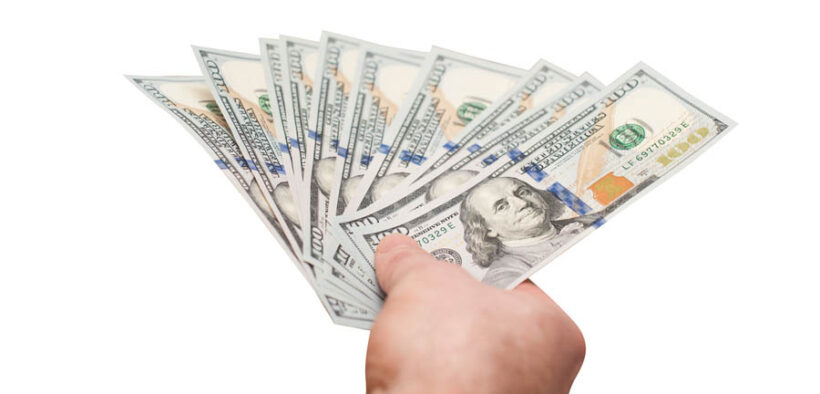A fistful of tariffs or for a few tariffs more?

Walk into any supermarket in Puerto Rico this fall, and it may feel like a spaghetti western: prices swaggering higher, shoppers squinting at the shelf tags, everyone waiting to see who blinks first.
That is what happens when tariff brinkmanship meets an island that imports most of what it consumes, pays a steep sales tax at the register, and relies on fragile and expensive logistics to keep goods flowing.
Here is the plot in plain terms. Tariffs do not hit consumers directly with an itemized line; they sneak in through “landed cost,” the “all-in price” importers pay after duties, freight, insurance, fees and other costs. Retailers then build margins on that base and, in today’s reality and true western style, tariffs are wearing black hats. Point in case, the Budget Lab at Yale estimates that the new measures will raise the overall average effective tariff rate on imports by 15 percentage points — from under 3% to a 17%-18% range — the highest since 1934.
In Puerto Rico, the 11.5% Sales and Use Tax (IVU, in Spanish) sits on top of the purchase price, which already includes those higher upstream costs. The IVU is also a multiplier, magnifying the consumer hit not just because goods cost more, but because we also tax the “more” as well.
Transportation and logistics are the second gunslinger in this story. Even when global container rates settle down, they rarely stay put; carriers pull capacity, importers front-load orders before deadlines, storms reroute ships and last-mile costs add their own premium. We bear structural constraints under U.S. cabotage rules (Jones Act), which limit competition on mainland-to-island routes. Translation: When transportation and logistics twitch, our prices jump.
Then there is the currency twist. A weakening U.S. dollar, a possibility as markets anticipate rate cuts, raises the price of goods and components priced in stronger foreign currencies. For an import-heavy economy, it can create a steady upward cost for everyday items, especially fast-turnover categories like apparel basics, houseware and smaller electronics.
Put those pieces together and the short-term outlook for the fall tilts inflationary:
- Tariff overhang: Even the rumor of higher duties on Asia-made consumer goods pushes wholesalers to heavily cushion their quotes. Retailers facing uncertain replenishment costs widen their cushions rather than gamble on slim margins in the peak season.
- Freight whiplash: Any late season front-loading or weather disruption can make island transportation and logistics pricier just as holiday inventory moves. The Jones Act burdens Puerto Rico with approximately 30% tariff on shipments from the U.S. Those surcharges are priced onto the shelf.
- Dollar drift: Investment banks estimate the dollar index fell by approximately 11% globally through June and continues to wobble as markets price in rate variations. If the dollar softens further, importers refilling stock at new exchange rates will encounter higher costs.
- IVU multiplier: Every cost uptick upstream gets “grossed-up” by 11.5% at checkout. It is not the cause of inflation, but it amplifies the inflation’s echo.
Where will you feel it? Think gifts in the categories most tied to Asian supply chains and container capacity. Pantry staples are less tariff-sensitive but still vulnerable to logistics and currency. Big-ticket items like cars can wobble too; expect headline price point protection by shrinking promotional add-ons and fewer extras.
Could fall surprise with a downside? Sure — if tariffs de-escalate decisively and quickly, carriers keep capacity availability under control and the dollar stabilizes, some pressure will leak out. But that is not the base case heading into the holidays.
So, what can consumers and small businesses do?
- Buy early, buy smart. For holiday products with clear Asia exposure, shop as early as possible. Substitute toward comparable suppliers where quality is acceptable.
- Watch the fine print. Promotions may shift from deep discounts to value adds; compare the net cost, not just the headline.
- Pool and plan. Consolidate online orders to beat last-mile shipping thresholds that quietly raise effective prices on the island.
- Mind total cost. Negotiate “landed” terms and lock quotes where possible. The cheapest unit price loses to the lowest delivered cost.
The takeaway is not gloom; it is preparation. Puerto Rico cannot control global trade winds, but we can read them. Tariffs raise the tide on landed cost, transportation and logistics chop the water, a weaker dollar nudges waves higher, and IVU magnifies the splash. Assume substantial changes are coming soon; plan your purchases, protect your margins, and keep an eye on the freight ticker. If you do, you will walk out of the season with your budget under control and your shopping list crossed off.
In other words, respect the “few tariffs more,” and they will feel less like a “fistful of tariffs” at the register.

Raúl Burgos is president and managing partner of Global 1080 Business Solutions, a consulting firm with more than 15 years of experience supporting business leaders in the U.S., Puerto Rico and Latin America. With more than 30 years in business, he also founded the Puerto Rico Business Group on LinkedIn, a professional network of more than 30,000 members focused on economic development and entrepreneurship in Puerto Rico.












